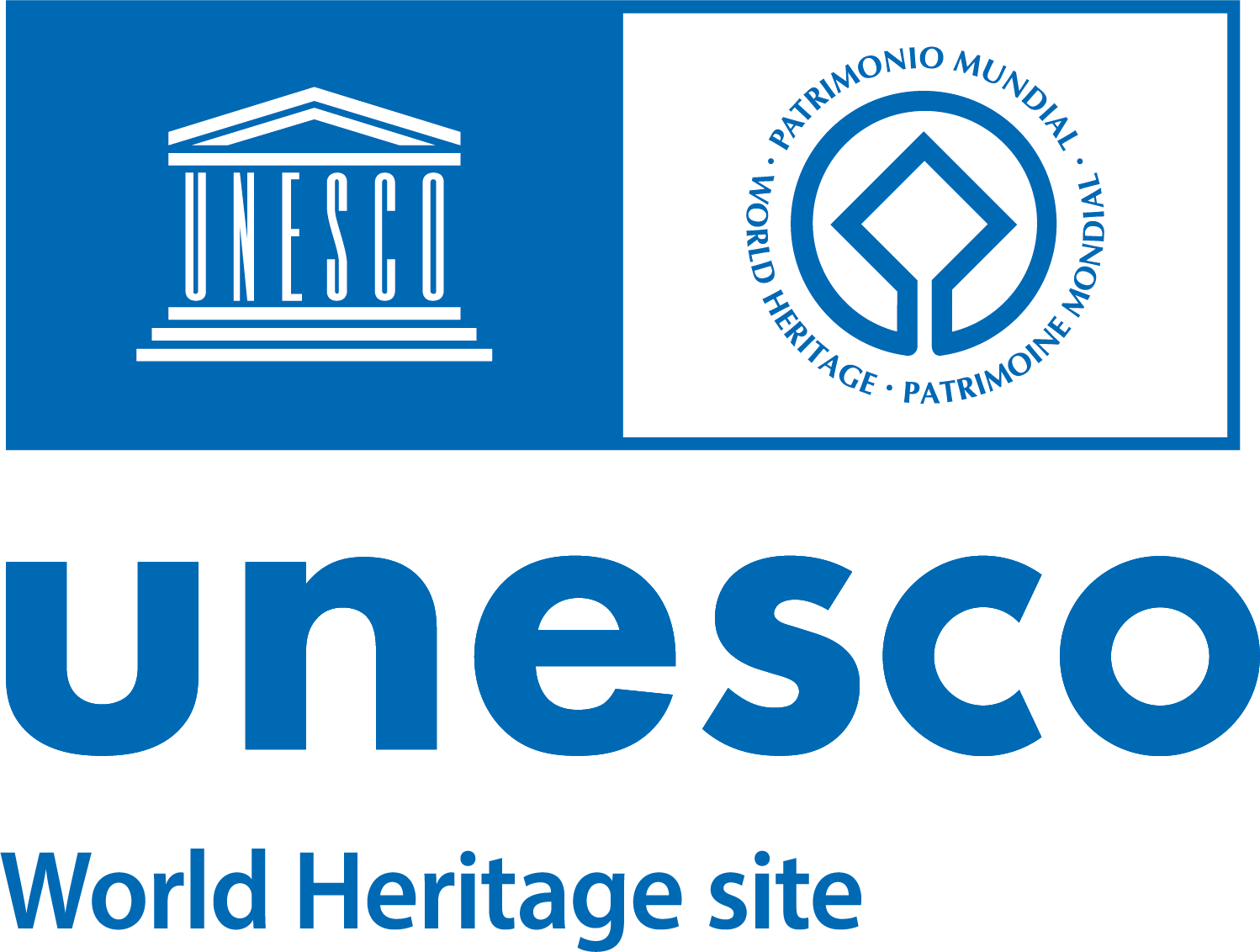On 5 June 1890, a group of Roman citizens created the Società Ginnastica Roma and appointed Giuseppe Garibaldi’s son, Menotti, as its president. The multi-sport nature of the new association was clear: it embraced sports as an educational tool: gymnastics, tennis, bowls, skating, running, tamburello, shooting, speed walking and gymnastic walks. Two initiatives made the Association’s activities truly innovative: the free gymnasium for young people, desired by Councillor Fortunato Ballerini, and the creation of a Committee, chaired by Carolina Rattazzi, aimed at promoting physical education among women with gymnastics and dance exercises. Although sporadically, Ginnastica Roma also trained athletes in the game of schleuderball and soccer, or rather gymnastic soccer, a hybrid between present-day soccer and rugby.
The first premises were built in 1891 near Via Genova. In 1920 the mayor of Rome, Luigi Rava granted the S.G.R. the present area facing the Aurelian walls: reports recall that dozens of willing ‘athletes’ armed with shovels and wheelbarrows cleared and levelled the ground.
Added to gymnastics, fencing, athletics and tennis were the future basketball, soccer, judo, weightlifting, boxing and sprinting.
In 1931, the S.G.R. hosted the men’s and women’s gymnastics absolute championships and the European women’s basketball championships in 1934. Between the mid-1920s and 1935, the supremacy of gymnastics was overtaken by basketball and fencing: the first men’s basketball team won the Italian championship title in 1928, 1931, 1933 and 1935.
With the advent of Fascism, group activities such as gymnastic exhibitions were encouraged. Their aim was to convey the image of the strength and harmony of Italian youth according to the philosophy of mens sana in corpore sano.
During the Second World War, sports barely survived. The recovery was slow but marked by a revolution in the world of sport: scientific research, training techniques, nutrition, sports medicine, and the use of the media and sponsors.
At the 1960 Olympic Games, the S.G.R. hosted the Japanese team’s training sessions. Awarded the Golden Star for Sporting Merit in 1969, the association still trains promising athletes in the shadow of Rome’s walls.






2. Gymnastics Association of Rome. National Exhibition 1960s
3. Gymnastics Association of Rome. Gymnastics team 1930s
4. Gymnastics Association of Rome. Carminucci
5. Gymnastics Association of Rome. Female exhibition.
6. Gymnastics Association of Rome. Rome v. GUF. Turin.


